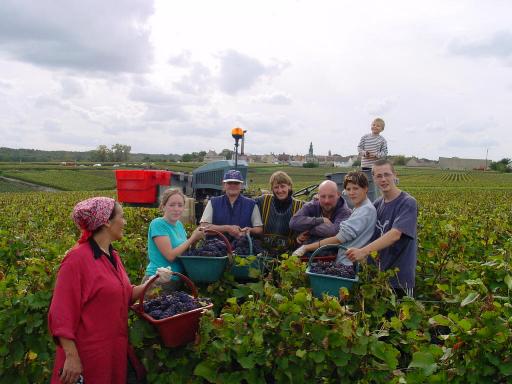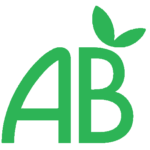Discover our company’s approach to harvesting our vineyards and producing our organic Champagne, from prepping the vines for harvest to meticulously choosing yeast strains for fermentation.
Harvest
Sampling and Analysis
Fifteen days to three weeks before the harvest, which takes place about a hundred days after flowering, we begin to sample grape bunches throughout the vineyard. These samples are taken twice a week and allow us to measure the sugar content, acidity, weight, and health of the grape bunches. These measurements allow us to accurately determine the perfect date for the harvest when the juice is at its best.
Grape Picking and Pressing

In keeping with the Champagne tradition, our grapes are hand-picked and then brought to the press in 45 kg crates. When temperatures are too high, the crates are inerted with CO2 sticks to protect the grapes from oxidation.
Once they arrive at the press, the grapes are crushed in presses located on the top floor of the winery. The juice then flows by gravity into receiving tanks on the lower floor, previously inerted with CO2. This inerting process involves flushing the tanks with CO2, a gas heavier than air. It is essential to minimize the contact of the juice with ambient oxygen to prevent oxidation. Successful inerting reduces the amount of sulfur dioxide (SO2) needed to be added to the must by half. Our name and the origin of the grapes are also indicated on each tank.
Settling
After pressing, we let the juice rest for twelve hours so that the “lees” (colloidal clusters from grape pulp) settle to the bottom of the tank. Using a removable cane, we then recover the clear juice that floats above the lees: this is called racking. The obtained juice will serve as the basis for winemaking.
Winemaking
Chaptalization and Inoculation
After settling, we measure the juice’s density to determine the amount of sugar to add to obtain a wine with an alcohol content between 10.8° and 11°. This sugar addition operation is called “Chaptalization.”
We then proceed to inoculate the juice by carefully mixing in selected yeast. The yeast’s role is to ferment the grape juice, transforming it into wine, and later into Champagne.
At Maison Gawron, we only use organic sugars and yeast.


